How Green Can We Go? What to Expect From Biden on Climate Change
A recent Gallup poll shows that 64 percent of Americans — independent of their political affiliation — expect newly inaugurated President Joe Biden to successfully address improving the quality of the environment more than any other national or foreign policy goal commonly sought by U.S. presidents. In our assessment of the current climate change outlook, we agree with this majority that Biden will most likely achieve progress in the area of the environment. Here’s why.
What has Biden done so far?
First, there is a long list of environmental rules that the Trump administration had rolled back over the last four years, so if the new administration stops the rollbacks or manages to reinstate the original rules in some form, Biden will already have achieved progress from an environmental perspective (even though it would only mean a return to policies previously put in place by President Barack Obama). Even before inauguration, Biden announced plans to freeze and potentially undo many of these regulations. Action followed on Day One of his presidency, when he signed an executive order that revoked the Keystone XL pipeline permit; placed a temporary moratorium on all Coastal Oil and Gas Leasing Program activities in the Arctic National Wildlife Refuge; ordered that all agencies account for the benefits of reducing climate change; and stated that “the federal government must be guided by the best science and be protected by processes that ensure the integrity of federal decision-making.” Moreover, the executive order launched a review of Trump administration rules and orders that had weakened fuel economy standards; appliance and building efficiency; national emission standards for hazardous air pollutants emitted from coal- and oil-fired electric utility steam-generating units; and protections against methane emissions from oil and gas.
Second, all of the president’s appointees thus far signal seriousness about addressing climate change while prioritizing environmental justice. If confirmed, these appointees will play an important role in getting America back on track to take a leading role in climate change around the world. The Biden administration has already shown a comprehensive approach to addressing climate change by creating a National Climate Task Force consisting of members of 21 departments and offices. Having competent people in charge, all united by the climate change agenda, will certainly have a profound impact on setting and implementing policy for years to come.
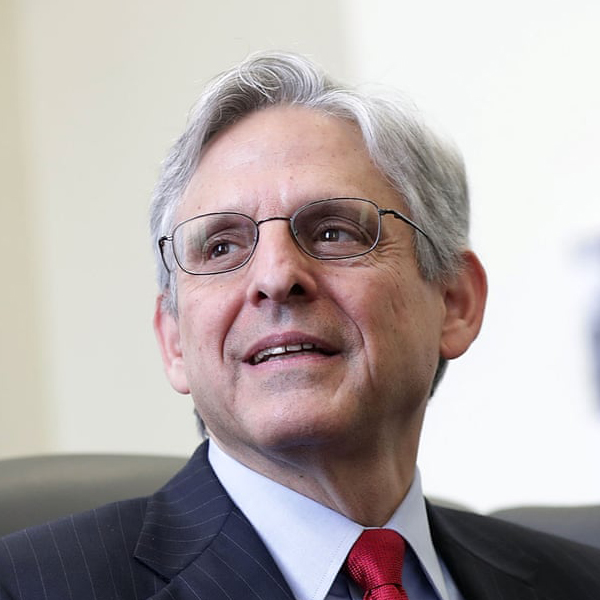
Attorney General
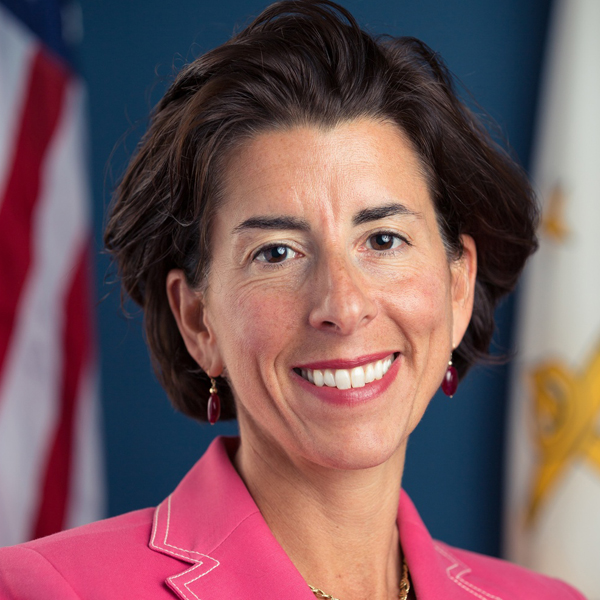
Secretary of Commerce

Secretary of the Treasury

U.S. EPA

Secretary of Energy

Council on Environmental Quality
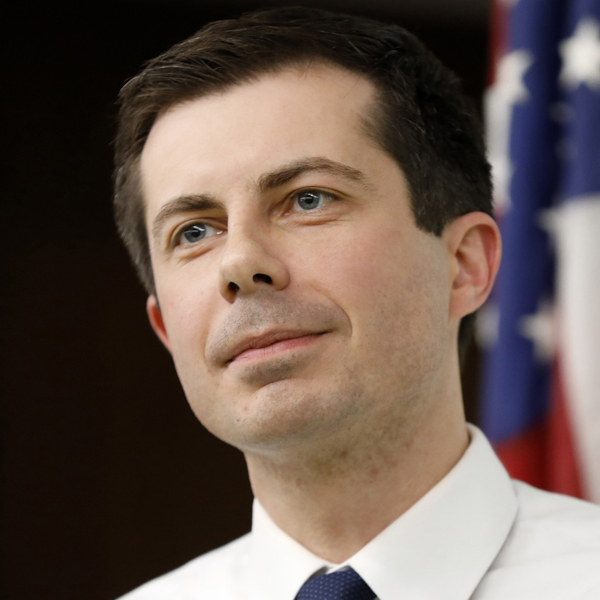
Department of Transportation
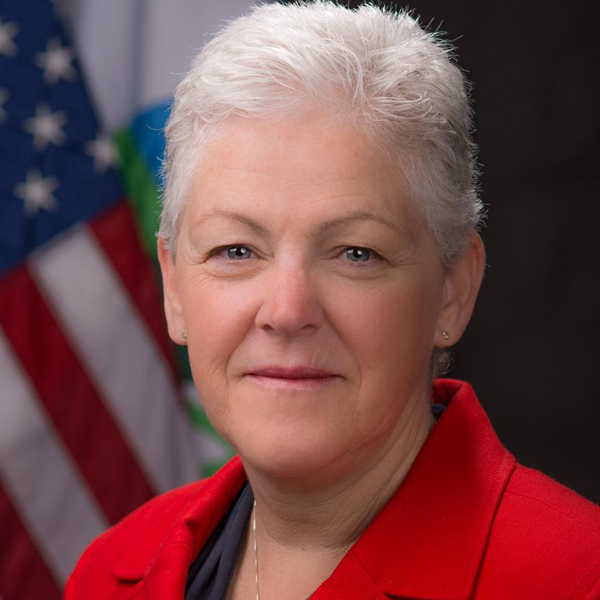
National Climate Advisor

Interior Department

Special Presidential Envoy on Climate Change
Third, Biden campaigned aggressively on climate change and his plan to achieve a 100-percent clean-energy economy and net-zero emissions by no later than 2050. To signal the seriousness of his plans, on his first day in office, Biden rejoined the Paris Climate Accord with an executive order, whereby the U.S. will be expected to provide a climate target and concrete plan to reduce domestic emissions from the power and energy sector. Biden followed up on January 27 with his Executive Order on Tackling the Climate Crisis at Home and Abroad, to immediately begin work on setting the U.S. emissions reduction goals in line with the Paris Agreement.
How feasible are Biden’s plans?
A rather optimistic 2020 report from the University of California, Berkeley suggests that the U.S. could reach 90 percent clean energy by 2035 without increasing consumer bills or affecting the country’s electric grid operability. Under this scenario, the U.S. power sector could see $1.7 trillion in clean energy investments, creating the equivalent of approximately 29 million job-years from now through 2035, drastically reducing air pollution and avoiding an estimated $1.2 trillion in cumulative health and environmental damages associated with continuing on a course of “business as usual” (including about 85,000 premature deaths). A more cautious Princeton study outlining five different technologically and economically plausible pathways for the U.S. to reach net-zero emissions by 2050 suggests that “a successful net-zero transition could be accomplished with annual spending on energy that is comparable or lower as a percentage of GDP to what the nation spends annually on energy today. However, foresight and proactive policy and action are needed to achieve the lowest-cost outcomes.”
The Princeton study estimates that building a net-zero America will require immediate, large-scale mobilization of capital, policy and societal commitment, including at least $2.5 trillion in additional capital investment into energy supply, industry, buildings and vehicles over the next decade relative to current expenditures. The study states: “Consumers will pay back this upfront investment over decades, making the transition affordable (total annualized U.S. energy expenditures would increase by less than 3 percent over 2021-2030), but major investment decisions must start now, with levels of investments ramping up throughout the transition.”
President Biden proposed a $2 trillion economic plan to invest in the transition from fossil fuels to clean energy, including the creation of ARPA-C (a climate version of the successful ARPA and ARPA-E programs to support riskier, high-return investments). The Biden proposal is half a trillion dollars short of the amount specified in the Princeton study. Yet, with enough corporate and consumer support, the funding gap likely will be closed. Moreover, Biden’s first days in office demonstrate that he is not afraid to use the power of the federal government to pursue his climate change agenda and cover some of these gaps — for example, by making climate change an integral part of foreign and national security policy and ordering a National Intelligence Estimate (NIE) of the threat climate change poses to national security, Biden has mobilized vast agency resources as well as cemented the long-term national security reasons for action that will be hard to discount in the future.
So what’s the impact?
According to the Climate Action Tracker, if President Biden goes ahead with his net-zero emissions pledge by 2050, it would shave 0.1 degree Celsius off global warming by 2100. Coupled with China’s pledge to bring emissions to net-zero before 2060, and the EU, Japan and South Korea’s commitments to reach net-zero by 2050, that might put the Paris Agreement’s 1.5-degree Celsius limit within reach. But as United States Special Presidential Envoy for Climate John Kerry, in his newly created Cabinet position, recently noted, this may not be enough to achieve the mission to limit the Earth’s temperature. In addition, there is still a lot of work to do globally to achieve the Paris Agreement’s goal. Biden’s January 27 executive order also announced that the U.S. will host a Leaders’ Climate Summit, reconvene the Major Economies Forum on Energy and Climate, and create a climate finance plan that will “assist developing countries in implementing ambitious emissions reduction measures, protecting critical ecosystems, building resilience against the impacts of climate change, and promoting the flow of capital toward climate-aligned investments and away from high-carbon investments.” Illustrating the Biden administration’s comprehensive approach, the latter task has been assigned to Kerry, Secretary of the Treasury Janet Yellen and Secretary of State Antony Blinken.

The India Impact Challenge powered by Quantum Advisors
What about the role of business?
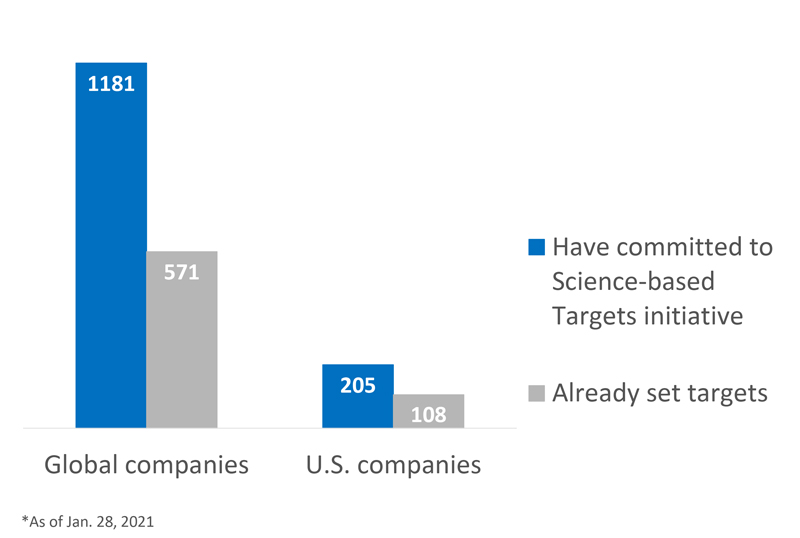
While some fossil fuel producers have resisted the transition to a net-zero America, others have created their own net-zero targets. In addition, large-scale users of fossil fuels in all industries are starting to address climate change by setting their own net-zero emissions targets. So far, more than 280 companies worldwide have made commitments to100-percent renewable energy through RE100. Approximately 1,100 companies have committed to science-based targets based on the Paris Agreement. Forty-two companies wrote a post-election letter to the Biden administration stating that they support the U.S.’s return to the Paris Agreement, and that taking steps to address climate change is a “business imperative” that will create jobs, drive economic growth and strengthen U.S. competitiveness. The letter states that “[t]o achieve a net-zero economy, the U.S. must establish durable national policies that harness market forces, mobilize investment and innovation and provide the certainty needed to plan for the long term.” In fact, business opportunities could be significant. The Global Commission on the Economy and Climate estimates that “bold action could yield a direct economic gain of US$26 trillion through 2030 compared with business-as-usual.”
From an investment perspective, climate change is a serious risk. The World Economic Forum’s Global Risks Report 2021 highlights climate change, extreme weather, human environmental damage and biodiversity loss as top global risks. After asserting that “climate risk is investment risk” in his annual letter to CEOs last year, Larry Fink, CEO of BlackRock, focused his 2021 letter to the company’s clients on “net zero” as a fiduciary approach. To help the transition, Fink wrote in another letter to CEOs that investors need access to consistent quality information and that BlackRock has asked all companies to report material sustainability factors, including climate. This trend goes well beyond BlackRock and business efforts to provide a uniform set of environmental, social and governance metrics, such as the Stakeholder Capitalism Metrics. As briefly stated in Biden’s January 27 executive order, his administration’s plan will also include information disclosure. Fink concluded that he has “great optimism about the future of capitalism and the future health of the economy — not in spite of the energy transition, but because of it.”
Could the U.S. become a leader in sustainability?
With the new administration in office, we’ve also regained optimism about the potential of the U.S. to not only get back on track but also lead the world toward a more sustainable, just and equitable future. As with any big change or transition, we believe that companies that embrace challenges as opportunities, apply their creativity and allow themselves to innovate will succeed, while companies that hold on to “business as usual” likely will leave long-term profits and resiliency behind. Fink’s letter importantly highlights that “the climate transition presents a historic investment opportunity.” Many companies will benefit from an injection of capital into clean energy, infrastructure, buildings and affordable housing, agriculture and more. The Biden plan estimates (and experts agree) that a climate-driven transition could result in 10 million jobs. Importantly, the January 27 executive order ensures help for workers in fossil fuel industries by creating the Interagency Working Group on Coal and Power Plant Communities and Economic Revitalization. It also establishes the White House Environmental Justice Interagency Council and the Justice40 Initiative that aims to direct 40 percent of federal investment benefits toward disadvantaged communities. This would create new opportunities for many businesses and workers with an emphasis on justice and opportunity.
Ultimately, a message of hope?
We recognize that executive orders alone cannot create the level playing field and certainty that businesses need in order to plan and invest in a net-zero future. Creating sweeping policy can be difficult, especially in the Senate. As Jeremy Symons, a former deputy staff director for the Senate Environment and Public Works Committee and now principal at Symons Public Affairs, an environmental consulting firm, stated, “The prospects for climate action just got very real, but they aren’t boundless. The election of Democrat Jon Ossoff to the U.S. Senate opens the door for Democrats to advance job-creating climate investments in electric vehicles and clean energy as part of a budget reconciliation package that can bypass the Senate filibuster.”1 Yet we believe corporate commitments, increasing investor awareness and hungry small- and medium-sized enterprises are increasingly aware of the benefits that the net-zero transition could create. Let’s hope that this future arrives and that we’re ready for it!
1 Quoted in Bloomberg Green newsletter from 01/11/2021



